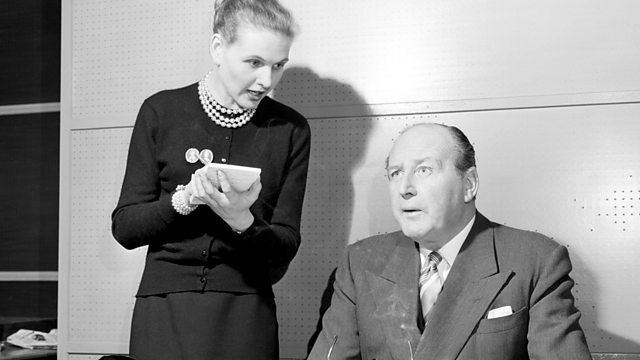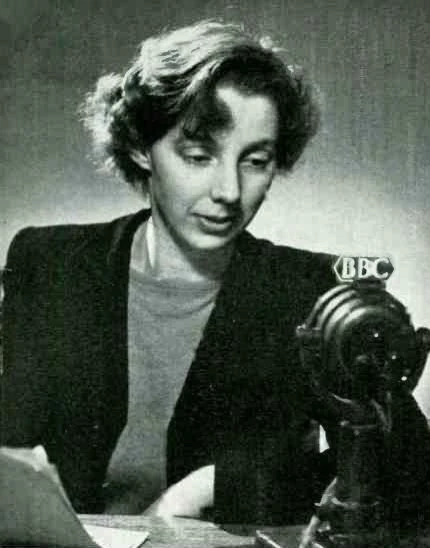Sempre que
ouvimos o nome Daphne du Maurier, instantaneamente pensamos em Hitchcock como o
elo que a liga ao cinema. Hitchcock adaptou os trabalhos mais famosos de Daphne
para as telas: “Rebecca – A Mulher Inesquecível” (1940) e “Os Pássaros” (1963) –
e, antes deles, “Estalagem Maldita” (1939). Mas Daphne du Maurier escreveu
outras obras que foram adaptadas para o cinema. Uma delas é o suspense “O
Estranho Caso do Conde”, que se tornou um filme estrelado por Alec Guinness e
Bette Davis em 1959.
Whenever we
hear the name Daphne du Maurier, we instantly think about Hitchcock as her link
with cinema. Indeed, Hitchcock adapted Du Maurier's most famous works to the
screen: “Rebecca” (1940) and “The Birds” (1963) – and, before that, “Jamaica
Inn” (1939). But Daphne Du Maurier wrote other works that were adapted to film.
One of them was the thriller “The Scapegoat”, that became a 1959 movie starring
Alec Guinness and Bette Davis.
Um homem
chamado John Barratt (Alec Guinness) chega à Inglaterra. Ele está se sentindo
vazio e sem esperança. Estranhamente, muitas pessoas parecem conhecê-lo, mas
ele parece não conhecer ninguém. A explicação é bem simples: John tem um sósia –
alguém que é fisicamente igual a ele. Eeste sósia é Jacque de Gue (também Alec
Guinness), um nobre cuja vida é o oposto da vida de John. Uma noite, eles se
encontram e Jacque põe um sonífero na bebida de John. Agora, John deve tomar o
lugar de Jacque.
A man called
John Barratt (Alec Guinness) arrives in England. He is feeling empty and hopeless.
Strangely, many people seem to know him, but he seems to know no one. The
explanation is quite simple: John has a doppelgänger – a person who looks
exactly like another person. This doppelgänger is Jacque De Gue (also Alec Guinness),
a nobleman whose life is the opposite of John's. One night, they two meet and
Jacque puts sleeping powder in John's drink. Now John must be in Jacque's
place.
Mesmo
estando confuso e bravo, John trata a filha de Jacque de maneira amigável. O
mesmo não pode ser dito da maneira como ele trata a mãe de Jacque, a Condessa
(Bette Davis), uma mulher viciada em morfina e que não sai mais da cama. John
se encanta com sua nova vida, uma vida que até inclui uma amante – e John se
apaixona pela amante de Jacque!
Although he is
confused and mad, John treats Jacque's daughter in a friendly way. The same can't be said
about the way he treats Jacque's mother, the Countess (Bette Davis), a woman
addicted to morphine that can't get out of her bed anymore. John is amused to
have this new life, one that even includes a lover – and John falls in love
with Jacque’s lover!
Há
narração em voiceover durante o filme todo, como em um filme noir. O confronto
entre John e Jacque também tem tons noir, pois acontece em uma sala cheia de
sombras e contrastes entre luz e escuridão, mostrando a dualidade dos sósias.
There is
voiceover narration during the whole movie, just like a film noir. The
confrontation between John and Jacque also has noir tones, as it happens in a
room full of shadows and contrasts between light and darkness, showing the dual
nature of the doppelgängers.
Alec
Guinness foi escolhido por Daphne du Maurier para interpretar os protagonistas.
Alec tinha experiência em interpretar múltiplos papéis no mesmo filme, pois ele
interpretou oito papéis em “As Oito Vítimas” (1949), feito uma década antes de “O
Estranho Caso do Conde”. Ele tem muito mais a fazer em “O Estranho Caso do
Conde”, porque seu trabalho no filme anterior havia sido mais ao estilo de uma
participação especial de luxo.
Alec Guinness
was chosen by Daphne du Maurier herself to play the leads. Guinness was
experienced in playing multiple roles in the same film, as he played eight
roles in “Kind Hearts and Coronets” (1949), released a decade before “The
Scapegoat”. He has much more to do in “The Scapegoat”, though, as his
eight-turn in the earlier film was more of a very deluxe cameo.
Bette
Davis era apenas seis anos mais velha que Alec Guinness, mas interpretou a mãe
dele. Bette é basicamente desperdiçada em uma performance que é só um pouco
mais longa que uma participação especial. Ela ficou muito insatisfeita com o
tamanho do papel, e constantemente brigava com o diretor Robert Hamer. Isso
mostra como o machismo sempre funcionou no mundo do cinema, pois Guinness
estava no auge da carreira, enquanto Bette era considerada ultrapassada.
Bette Davis
was only six years older than Alec Guinness, yet she was playing his mother.
Davis is basically wasted in a performance that is just a little longer than a
cameo. She was very unhappy with the size of her role, and she often clashed
with director Robert Hamer. This shows how sexism has always worked in the film
world, as Guinness was on the top of his career, while Davis was considered a
has-been.
O livro
foi adaptado por ninguém menos que Gore Vidal. Originalmente publicado com 368
páginas, o livro foi profundamente mudado para se tornar um filme de 90 minutos
– e Daphne du Maurier ficou muito brava com o resultado, acreditando que o
roteiro havia destruído a essência de sua história. Os finais, por exemplo, são
completamente diferentes no livro e no filme. “O Estranho Caso do Conde” foi
produzido por Michael Balcon, que também produziu os filmes mudos e os
primeiros filmes falados de Hitchcock. Balcon também é avô do ator Daniel
Day-Lewis.
The novel was
adapted by no other than Gore Vidal. Originally published with 368 pages, the
novel was deeply changed to fit in a 90-minute film – and Daphne du Maurier was
mad at the result, thinking that the screenplay had destroyed the essence of
her story. The endings, for instance, are completely different in the book and
in the film. “The Scapegoat” was produced by Michael Balcon, who also produced
Hitchcock’s silent films and early talkies. Balcon is also actor Daniel
Day-Lewis’s grandfather.
Há um
imenso problema com “O Estranho Caso do Conde”: sua duração. O filme não tem
bom ritmo, apresentando um final apressado e uma conclusão insatisfatória para
muitos personagens. De fato, o conflito principal – um assassinato – só acontece
por volta de 15 minutos antes do final e temos pouco tempo para investigá-lo e
solucioná-lo.
There is a
huge problem with “The Scapegoat”: its running time. The film wasn’t well-paced,
having a rushed ending and an unsatisfactory closing for many characters.
Indeed, one main conflict – a murder – only happens about 15 minutes before the
end and we have too little to investigate and solve it.
Iniciado
como um projeto pessoal para Alec Guinness e Daphne du Maurier, “O Estranho
Caso do Conde” acabou sendo um fracasso de bilheteria. Du Maurier culpou
Guinness pelo fracasso. Eu culpo o roteiro – um roteiro que fez com que o que
poderia ter sido um mistério interessante e intrigante se tornasse um confronto
apressado.
Started as a
pet project to both Daphne du Maurier and Alec Guinness, “The Scapegoat” ended
as a commercial failure. Du Maurier blamed Guinness for the failure. I blame
the screenplay – one that made what could have been an interesting and intriguing
mystery into a rushed confrontation.
This is my
contribution to the Calls of Cornwall – The Daphne du Maurier blogathon, hosted
by Gabriela at Pale Writer.









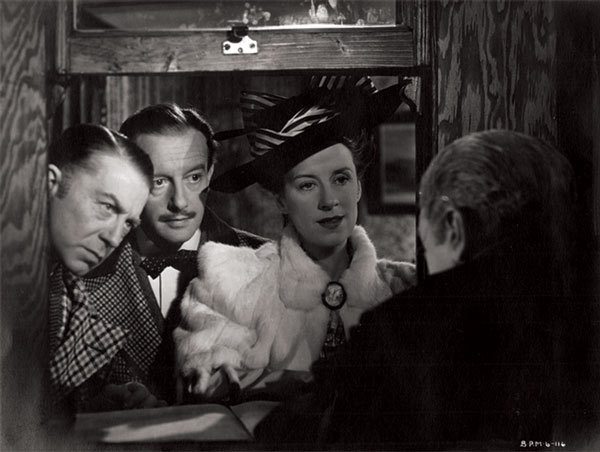










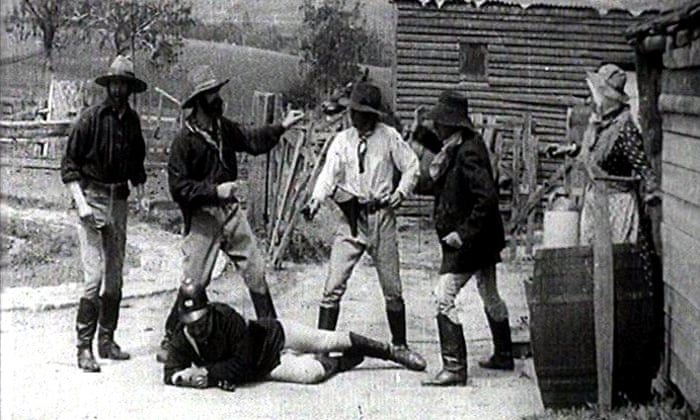





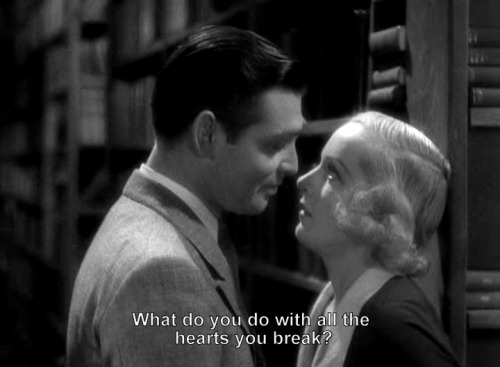
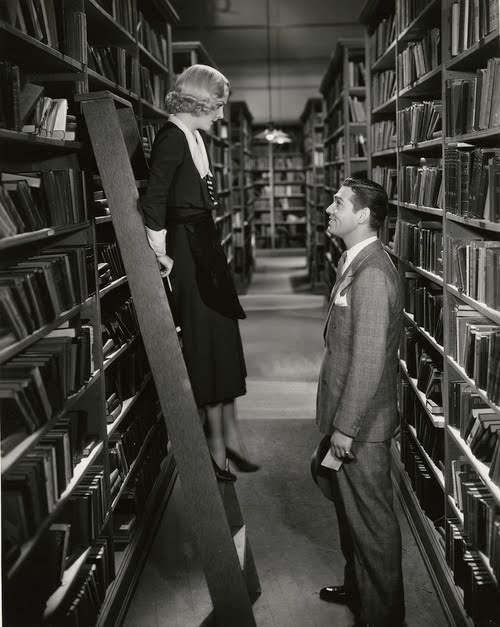
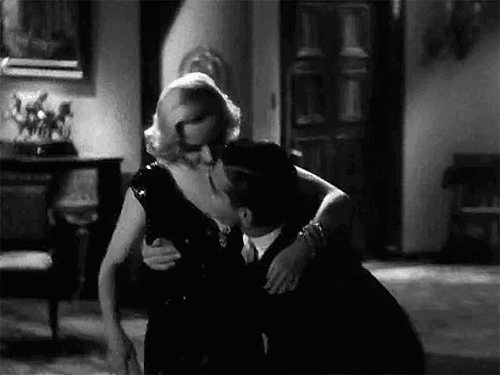

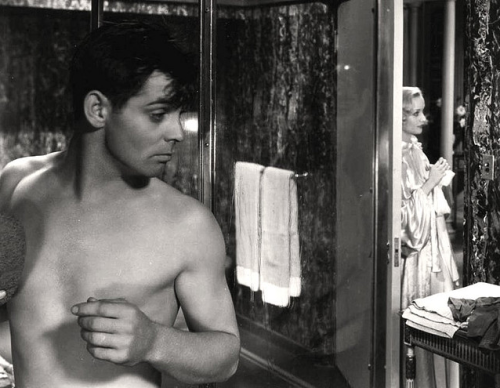

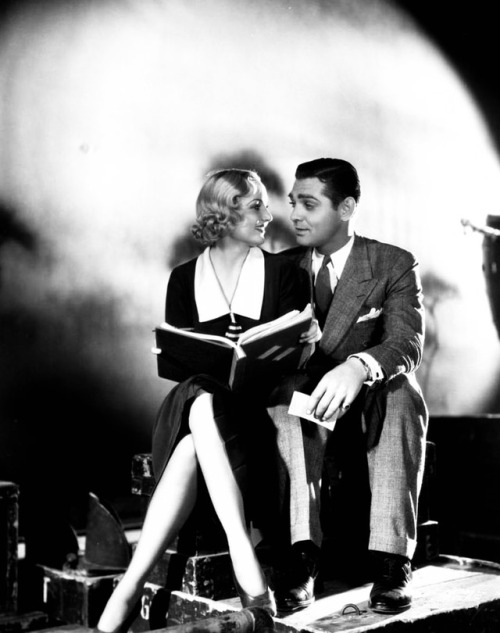



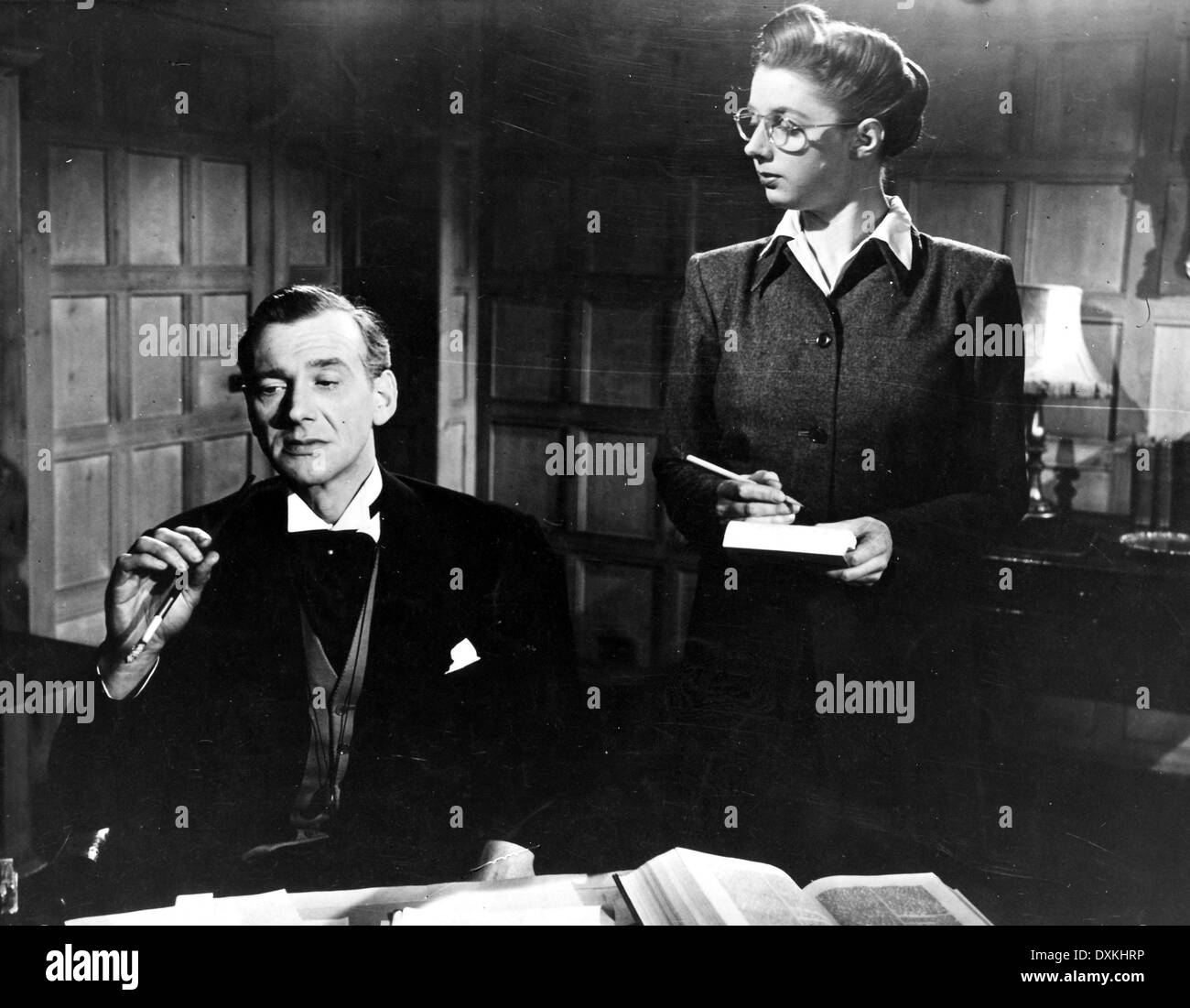

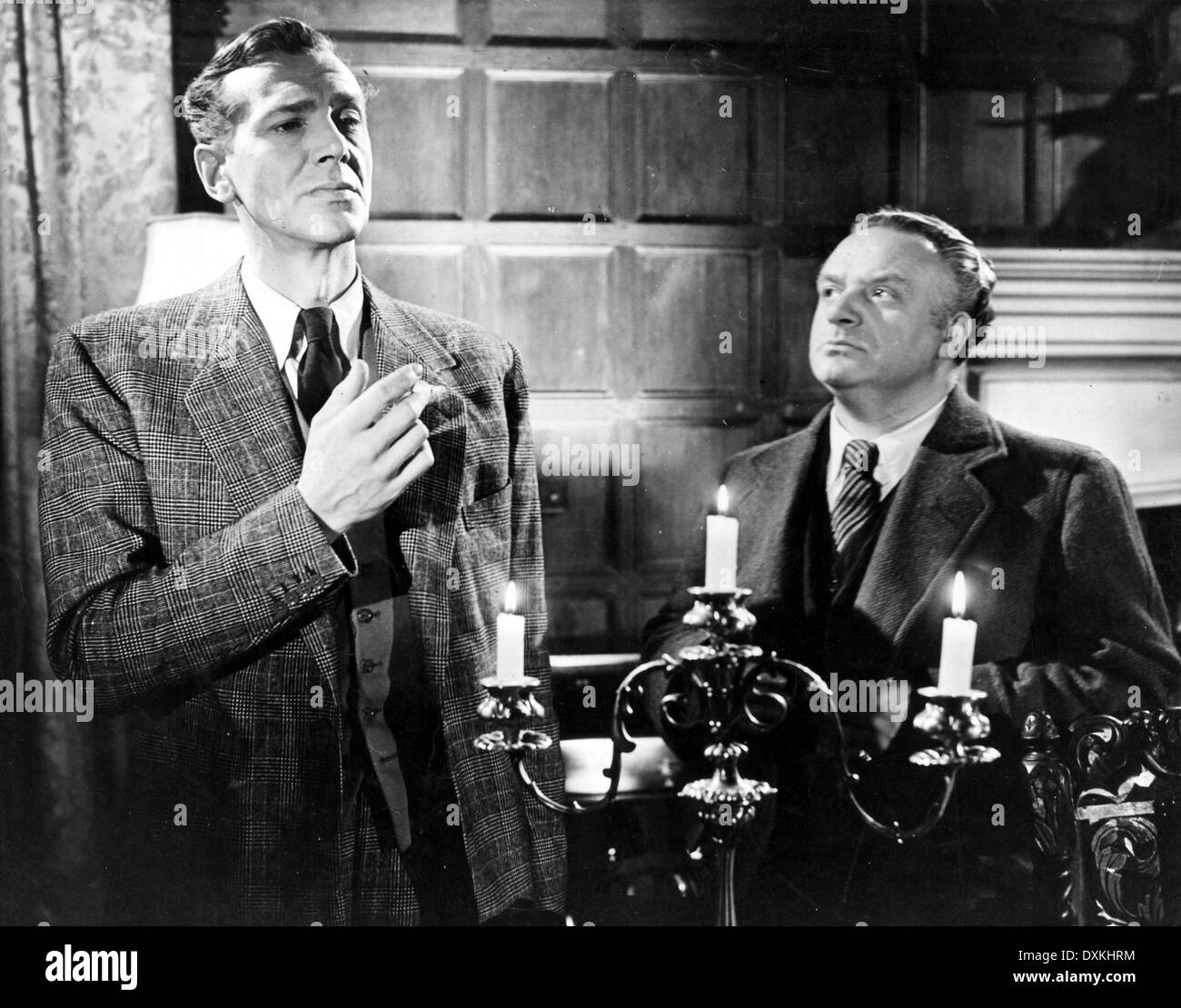
.jpg/220px-Doctor_Morelle_(1949_film).jpg)
